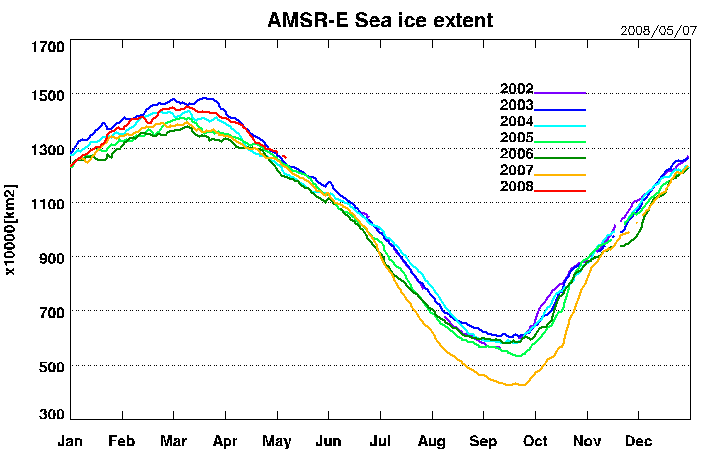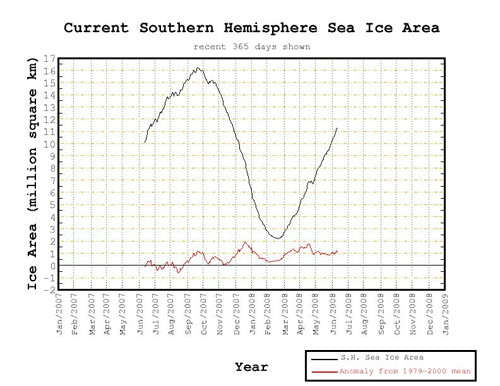Paulo H
Cumulonimbus
Re: Seguimento Criosfera 2007/2008
Fiquei algo confuso, pois não consegui perceber se se trata do "mar profundo" arrefecendo ou do arrefecimento nas profundezas do mar!
Se houvesse aquecimento na Antartida seria natural o descongelamento de antigas calotes polares, com o consequente fluxo de água doce a 0ºC para as profundezas (como que uma corrente marítima) provocando tal arrefecimento!
Também desconhecemos a velocidade de resposta do sistema, ou melhor, o desfasamento temporal entre as causas e os respectivos efeitos. Quanto tempo levaria uma calote antartica do tamanho do Algarve descongelada a infiltrar-se no oceano até às profundezas?! A água doce a uma temperatura baixa demora algum tempo a misturar-se com a água salgada, até pode ramificar-se em várias correntes e dissipar-se numa vasta região arrefecendo-a. É por isso que se deve ter sempre alguma reserva ao associar dados/constatações que não passam de efeitos/consequências de com fenómenos actuais, pois provavelmente terão mais a ver com fenómenos ocorridos no passado recente!
Tenho sempre algumas reservas, penso que existe muita coisa ainda por explorar.
Oceano Antárctico está a arrefecer
Expedição científica a bordo do navio Polarstern terminou na semana passada
"Polarstern em viagem num ambiente fantástico
O mar profundo da Antárctida está a arrefecer, o que pode estar a estimular a circulação das massas de água oceânicas. Esta é a primeira conclusão da expedição a bordo do "Polarstern", uma iniciativa do Instituto alemão Alfred Wegener para a Investigação Polar e Marinha que terminou na semana passada em Punta Arenas, no Chile. Segundo os investigadores, as imagens de satélite recolhidas durante o Verão antárctico revelam a maior extensão de gelo marinho alguma vez registada. "
Fonte: CiênciaHoje
Fiquei algo confuso, pois não consegui perceber se se trata do "mar profundo" arrefecendo ou do arrefecimento nas profundezas do mar!
Se houvesse aquecimento na Antartida seria natural o descongelamento de antigas calotes polares, com o consequente fluxo de água doce a 0ºC para as profundezas (como que uma corrente marítima) provocando tal arrefecimento!
Também desconhecemos a velocidade de resposta do sistema, ou melhor, o desfasamento temporal entre as causas e os respectivos efeitos. Quanto tempo levaria uma calote antartica do tamanho do Algarve descongelada a infiltrar-se no oceano até às profundezas?! A água doce a uma temperatura baixa demora algum tempo a misturar-se com a água salgada, até pode ramificar-se em várias correntes e dissipar-se numa vasta região arrefecendo-a. É por isso que se deve ter sempre alguma reserva ao associar dados/constatações que não passam de efeitos/consequências de com fenómenos actuais, pois provavelmente terão mais a ver com fenómenos ocorridos no passado recente!
Tenho sempre algumas reservas, penso que existe muita coisa ainda por explorar.





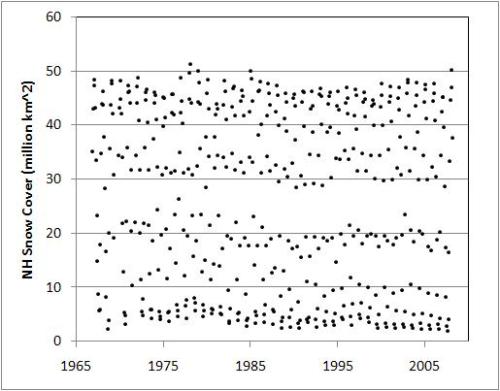
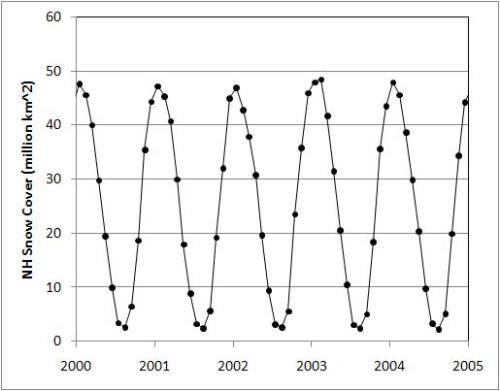
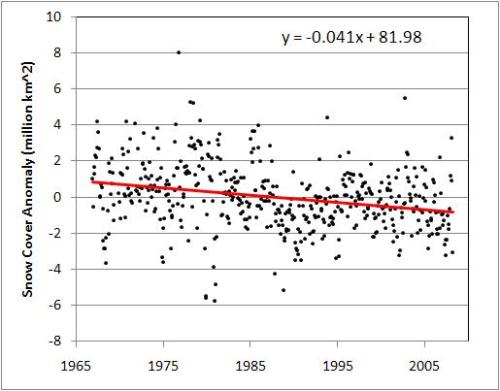
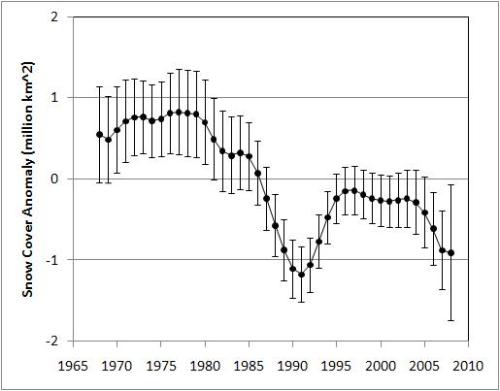
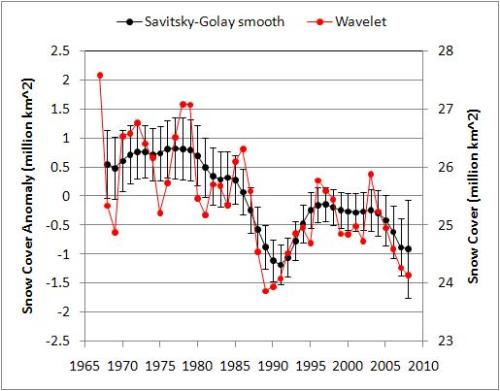
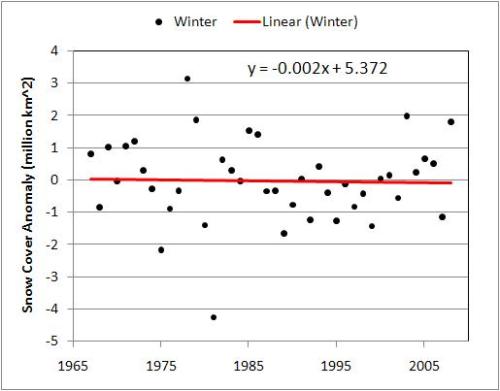

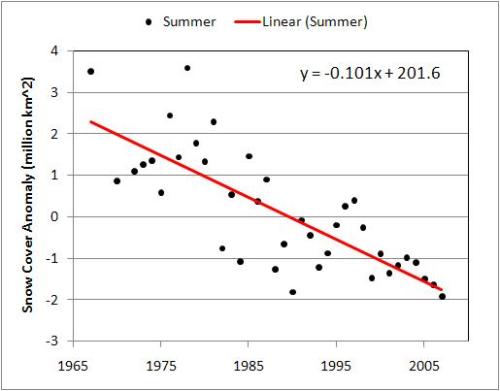
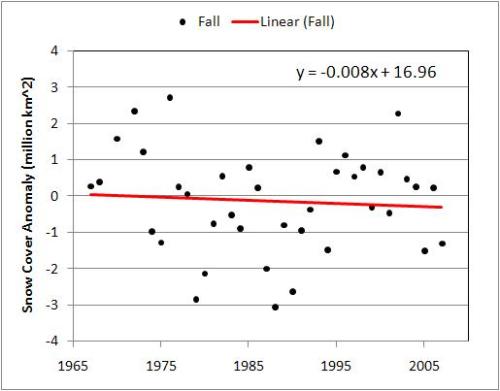
 ). Acreditamos no papel de historiadores, de cientistas e evidências que vieram relatadas até aos dias de hoje. Mas sabemos também que os níveis das águas já foram superiores aos que são actualmente...
). Acreditamos no papel de historiadores, de cientistas e evidências que vieram relatadas até aos dias de hoje. Mas sabemos também que os níveis das águas já foram superiores aos que são actualmente...




